Preserving the freshness and safety of our food is a routine aspect for many people. That convenience comes from the refrigerator which is always working quietly all the time. It may look like your refrigerator is not using much power, but learning about its power consumption can allow you to use less electricity and pick more efficient ones when the time comes.
This guide explains the wattage of a refrigerator, the factors that can affect it and how to save power while still using the fridge normally.
What Is Refrigerator Power Consumption?
The term refrigerator power consumption usually means the amount of electricity the fridge uses in the long run. Most of the time, watts are used to track instantaneous power and kilowatt-hours (kWh) to measure how much energy is being used over a stretch of time.
What Are Watts in This Context?
You can use watts to see the amount of energy your refrigerator uses at every moment in time. Running a refrigerator at 150 watts means the compressor is using 150 watts of power at that time.
However, refrigerators adjust their power to save energy. They go on and off to control the temperature, so the actual average usage over a day is not very high.
Average Refrigerator Wattage

The wattage of a refrigerator can significantly change depending on different factors such as size and features, however, this is an approximate range of values:
- Mini fridge: 50–100 watts
- Standard top-freezer fridge: 100–250 watts
- Side-by-side or French door fridge: 150–300+ watts
- Smart fridges or larger models: 300–700 watts or more
These numbers are general estimates. Always refer to the product manufacturer’s instructions or user manual for the exact wattage of your particular appliance.
Power Requirements for Refrigerator Use
A refrigerator’s power consumption varies according to its initial draw when it starts as well as the amount of power it uses while running. Starting a refrigerator usually needs more power briefly due to the compressor kicking in.
- Starting wattage: Is often 2 to 3 times higher than the running wattage
- Running wattage: It is usually shown on the rating plate or energy label.
Therefore, when you turn on a 200-watt refrigerator, it may briefly draw up to 600 watts before settling down to its normal running wattage. You should keep this in mind if your fridge is powered by a generator or solar panel.
How to Calculate Refrigerator Energy Use
If you want to know how much energy your refrigerator uses, follow these easy steps:
Step 1: Find the wattage
Look at the label on the refrigerator or check the manual.
Step 2: Estimate hours of usage
Depending on the temperature in the room and the number of times it is opened, a refrigerator usually works for 8–12 hours every day.
Step 3: Use the formula
Energy (in kWh) = (Wattage × Hours used per day) ÷ 1000
Example:
A 200-watt refrigerator running 10 hours per day:
(200 × 10) ÷ 1000 = 2 kWh per day
Multiply that by 30, and it’s about 60 kWh per month.
What Affects Refrigerator Power Consumption?
Even though two fridges may be rated for the same wattage, their actual consumption of energy may vary. Here’s why:
1. Age of the Refrigerator
Older models of fridges are often not very efficient with their energy use. Older models, like those that are 15 years old, might use up to twice as much electricity as a new Energy Star-rated one.
2. Size and Type
Larger fridges use more power. In most cases, the energy use of a French door refrigerator with a bottom freezer is higher than that of a top-freezer model from the same era.
3. Energy Efficiency Rating
Check for the Energy Guide label. A high-efficiency refrigerator does not use much power to work well.
4. Room Temperature
In hot weather, the compressor has to work at a higher rate. If you have your fridge in an unventilated garage or kitchen, usage will most likely be higher.
5. How Often the Door is Opened
Opening the fridge often allows warm air to enter, making the fridge use more energy to cool down.
6. Internal Load
If there is nothing in the fridge, it needs to cycle more often to keep the temperature level. If you keep your refrigerator stocked, it can help you save a bit on energy and maintain a good internal temperature.
Comparing Power Usage: Old vs New Refrigerators
Let’s say you have a refrigerator from the early 2000s. It could be using around 800 to 1,000 kWh per year, depending on size and type. A modern energy-efficient fridge of similar size might use 300 to 500 kWh per year.
That’s a big difference. Over a year, this could mean saving $50–$100 or more, depending on local electricity rates.
Can You Reduce Refrigerator Power Consumption?
Yes, and often without spending a lot of money. Here are some practical tips:
- Keep the condenser coils clean: Dust and debris can make the compressor work harder.
- Set the right temperature: 37°F (3°C) for the fridge and 0°F (-18°C) for the freezer.
- Don’t overstuff it: Air needs to circulate inside.
- Avoid placing hot food directly inside: Let it cool first to reduce the internal load.
- Replace old door seals: Poor seals cause cold air to leak.
- Choose an energy-efficient model when replacing: Look for the Energy Star label.
How to Check Your Fridge’s Actual Energy Use
If you’re curious about how much energy your refrigerator is really using, you can use a plug-in watt meter. These devices are inexpensive and show real-time energy consumption.
Just plug your refrigerator into the meter, then plug the meter into the wall outlet. Over 24 hours, you’ll get a clear picture of daily and monthly energy use in kWh.
Refrigerators and Monthly Electric Bills
Let’s put refrigerator power consumption into perspective.
If your fridge uses 2 kWh per day, that’s 60 kWh per month. With an average electricity cost of $0.15 per kWh, you’re spending:
60 kWh × $0.15 = $9 per month
While that might not seem like much, inefficient models could be costing you $20 or more per month, which adds up over a year.
Should You Upgrade Your Refrigerator?
If your current refrigerator is 10 years old or more and seems to be running constantly, it’s worth considering a replacement. A new energy-efficient model can reduce energy use significantly and eventually pay for itself through savings on your electric bill.
When shopping, compare refrigerator wattage and annual kWh usage listed on the Energy Guide label. Models with inverter compressors or dual cooling systems often use less energy and provide better performance.
Final Thoughts
Understanding refrigerator power consumption helps you make better decisions — whether it’s adjusting how you use your current fridge or choosing a new one. While the numbers might seem small at first, even modest savings add up over time, especially with appliances that run 24/7.
Pay attention to your refrigerator’s wattage, how it’s being used, and whether it’s time for an upgrade. With just a little effort, you can reduce energy waste and cut your power bill without compromising food safety or convenience.
Planning to go Solar, but not sure how many watts your house needs? Find out here.


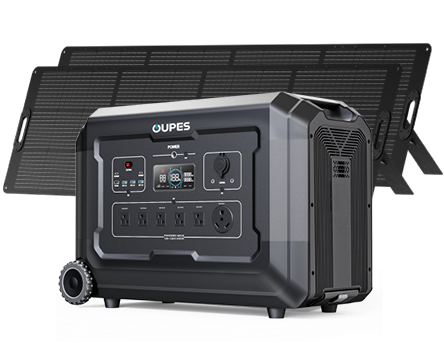
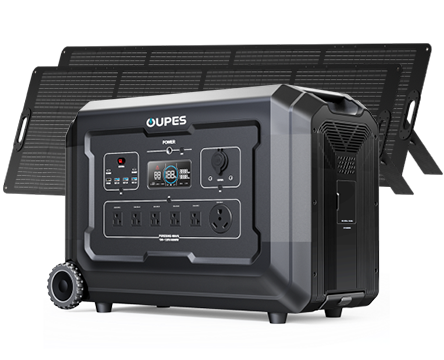
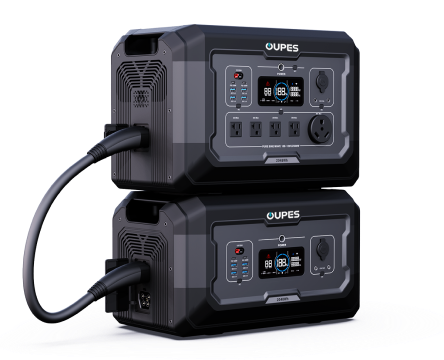
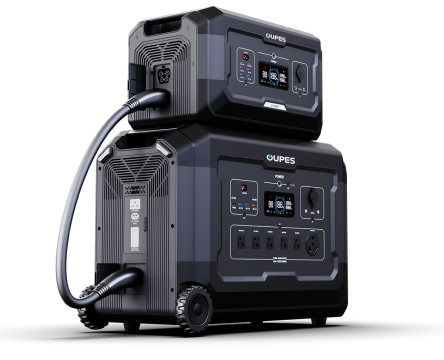
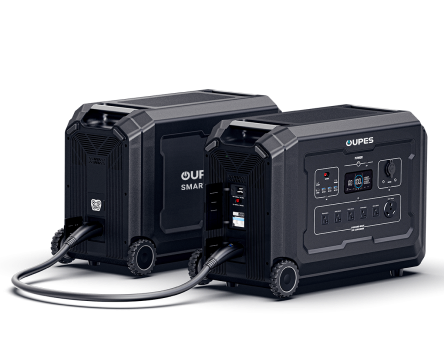
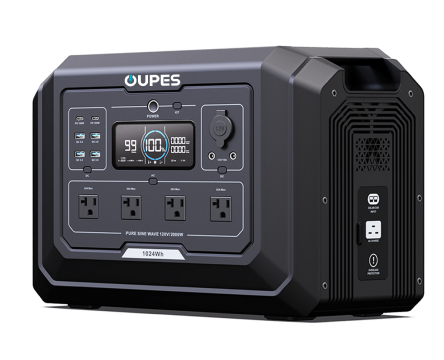
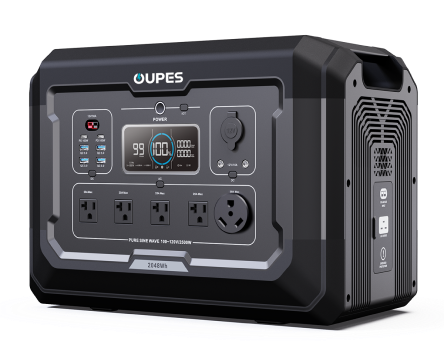
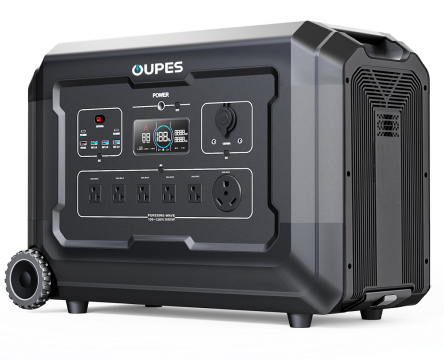
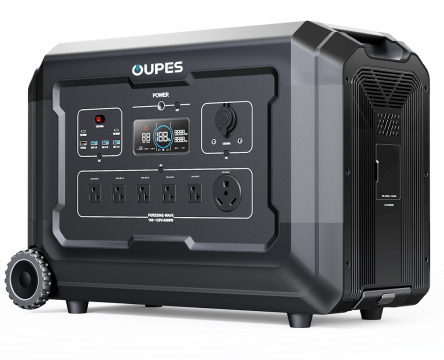
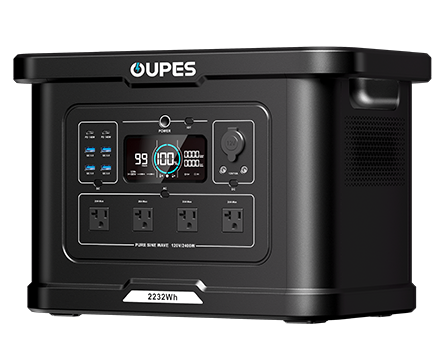
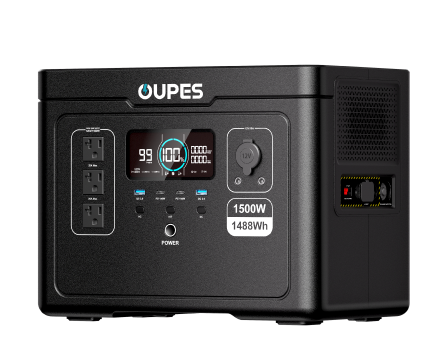
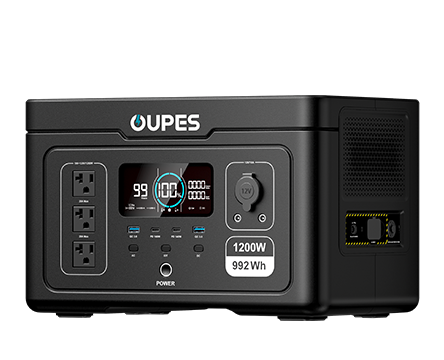
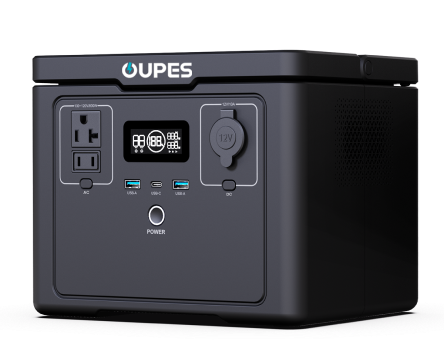
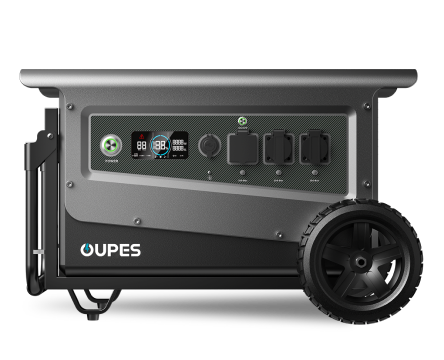
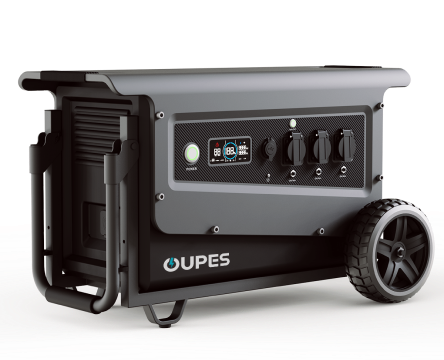
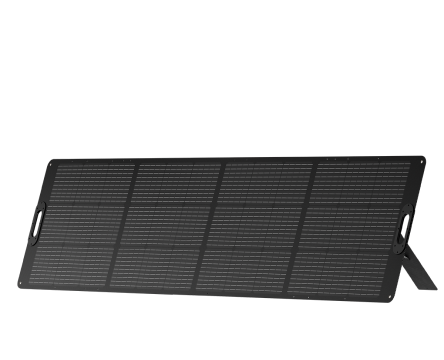
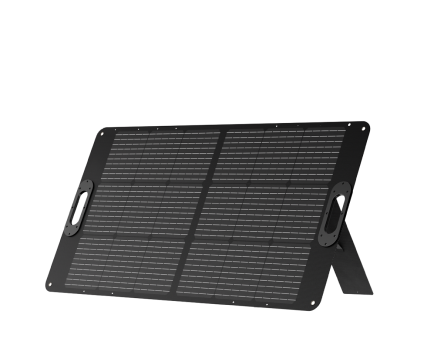
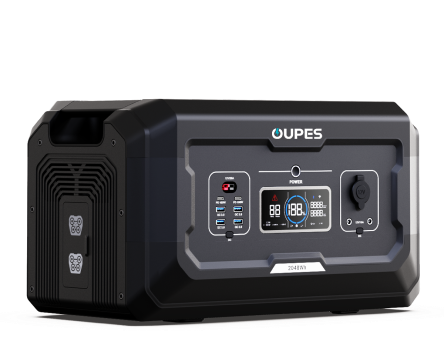
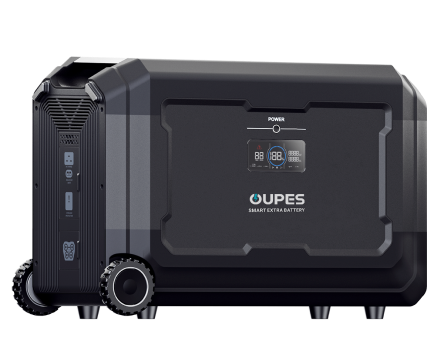
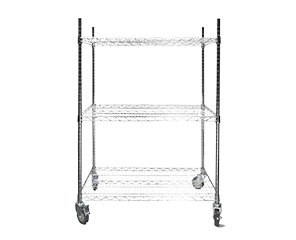
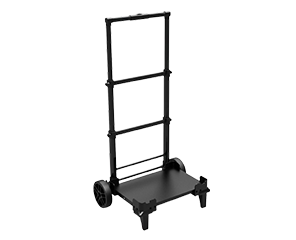
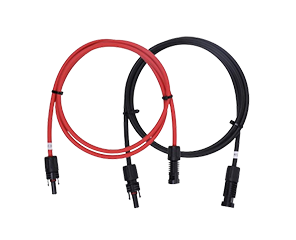







Leave a comment
This site is protected by hCaptcha and the hCaptcha Privacy Policy and Terms of Service apply.